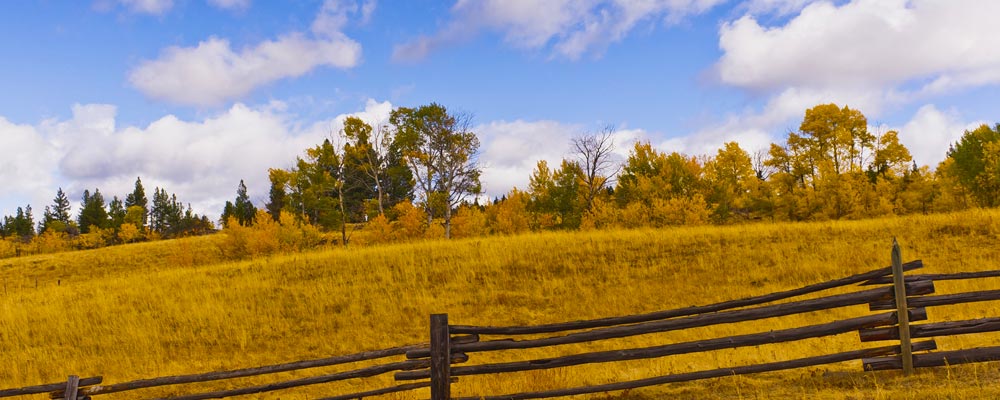
Designing Fire-Resistant Landscapes
Improper landscaping can greatly increase the risk of structure and property damage from wildfire. It is a question of when, not if, a wildfire will strike any particular area.
Vegetative clearance around the house (defensible space) is a primary determinant of a home’s ability to survive wildfire. Defensible space is, simply, room for firefighters to do their job.
In Colorado and other dry states, it is important to use fire-resistant landscaping, either done by yourself or a professional. There is a lot of customization with fire-resistant landscaping that is beautiful, yet ignition resistant.
Carefully planned landscaping within the defensible space yields beauty, enjoyment and added property value. Development of defensible space is outlined in fact sheet Creating Wildfire-Defensible Zones.
In this comprehensive video below, Boulder County Extension Agent Deryn Davidson discusses what you need to know to design a fire-resistant landscape. Some of the topics she covers include:
Ten Fire-Resistant Plant Species
CSU Extension’s Irene Shonle explains how landscaping with fire-resistant native plants can help you protect your home from wildfire while also using less water.
Shonle is a Colorado Master Gardener and horticulture expert and shared her insights into the unique characteristics of 10 fire-resistant native plant species, including:
How Does Fire Affect Mulch?
There are some benefits to adding mulch to your house, but there are risks. Mulch can become a source of fire based on its composition. John Murgel is an Extension Agent focusing on horticulture and Natural Resources. In this brief video, John reviews some of the key characteristics that make mulch a fire hazard.

